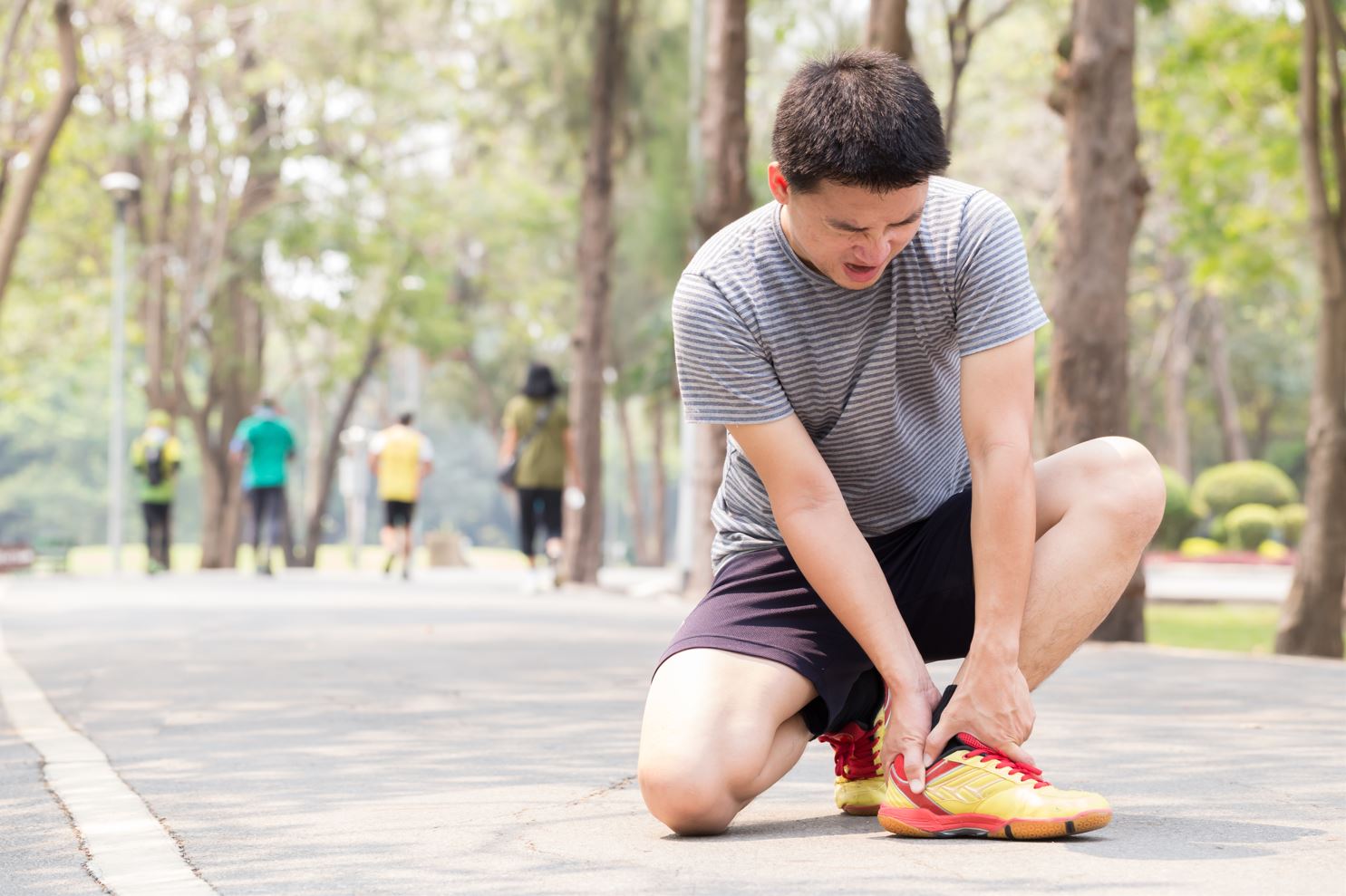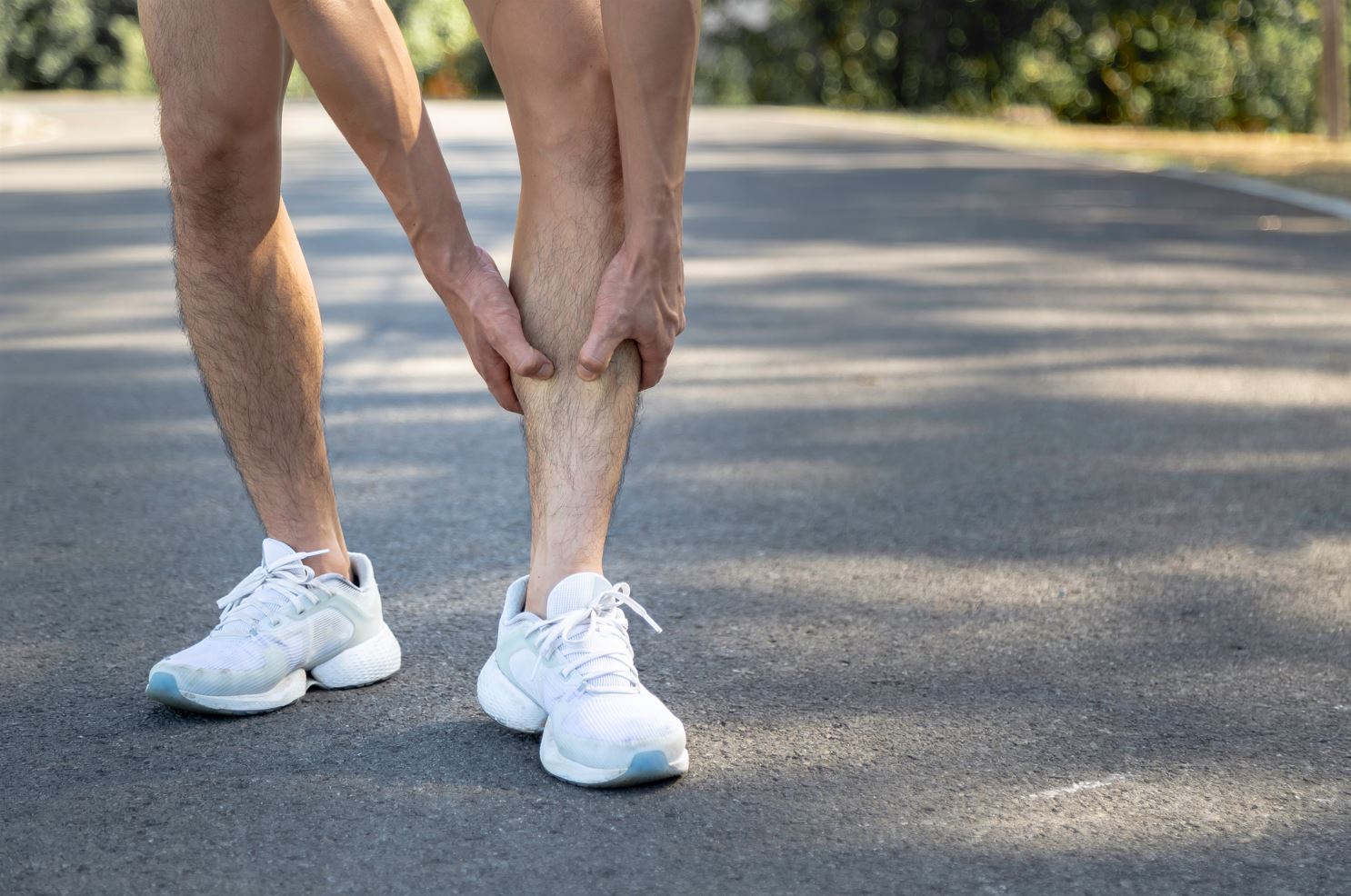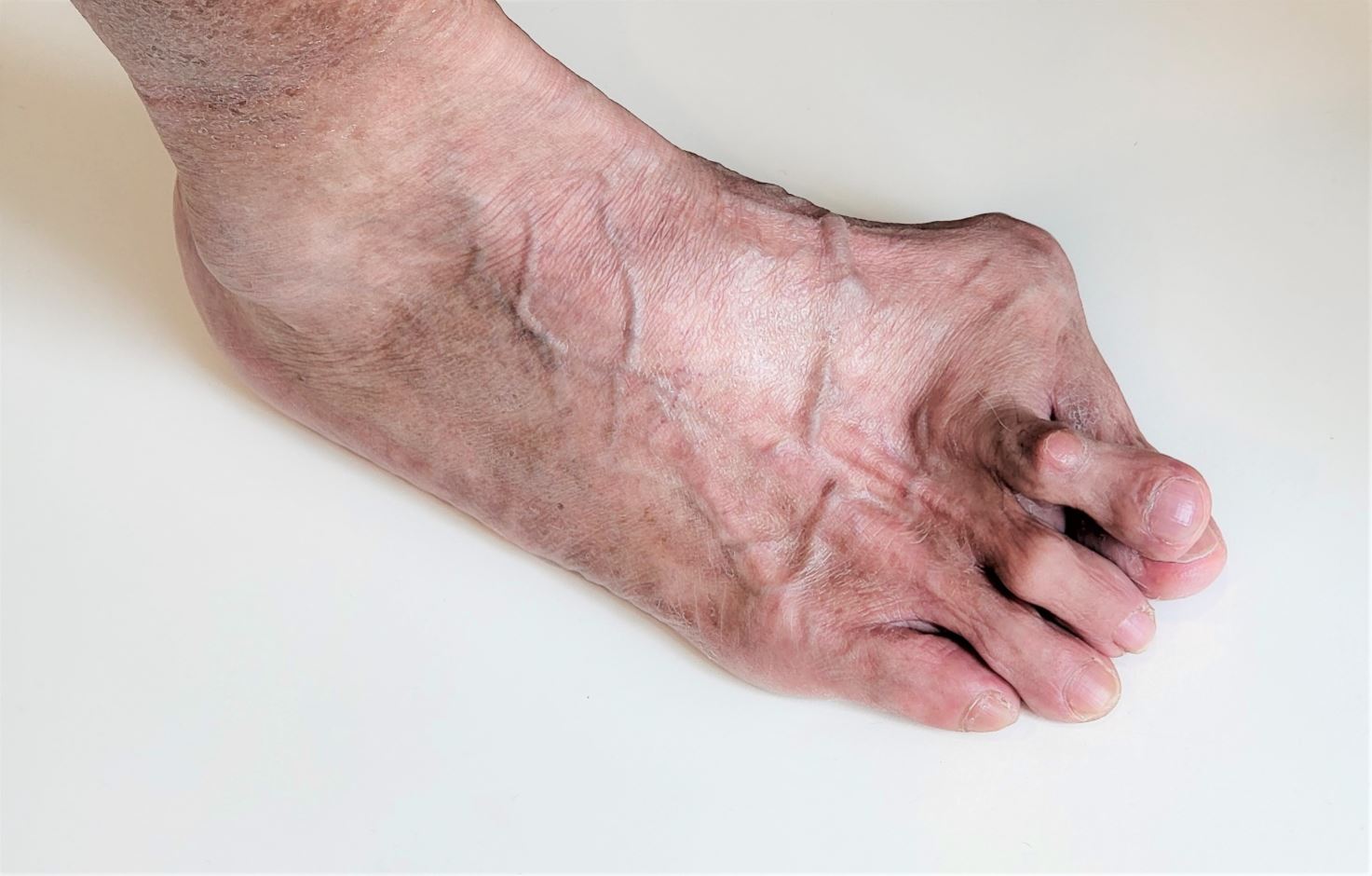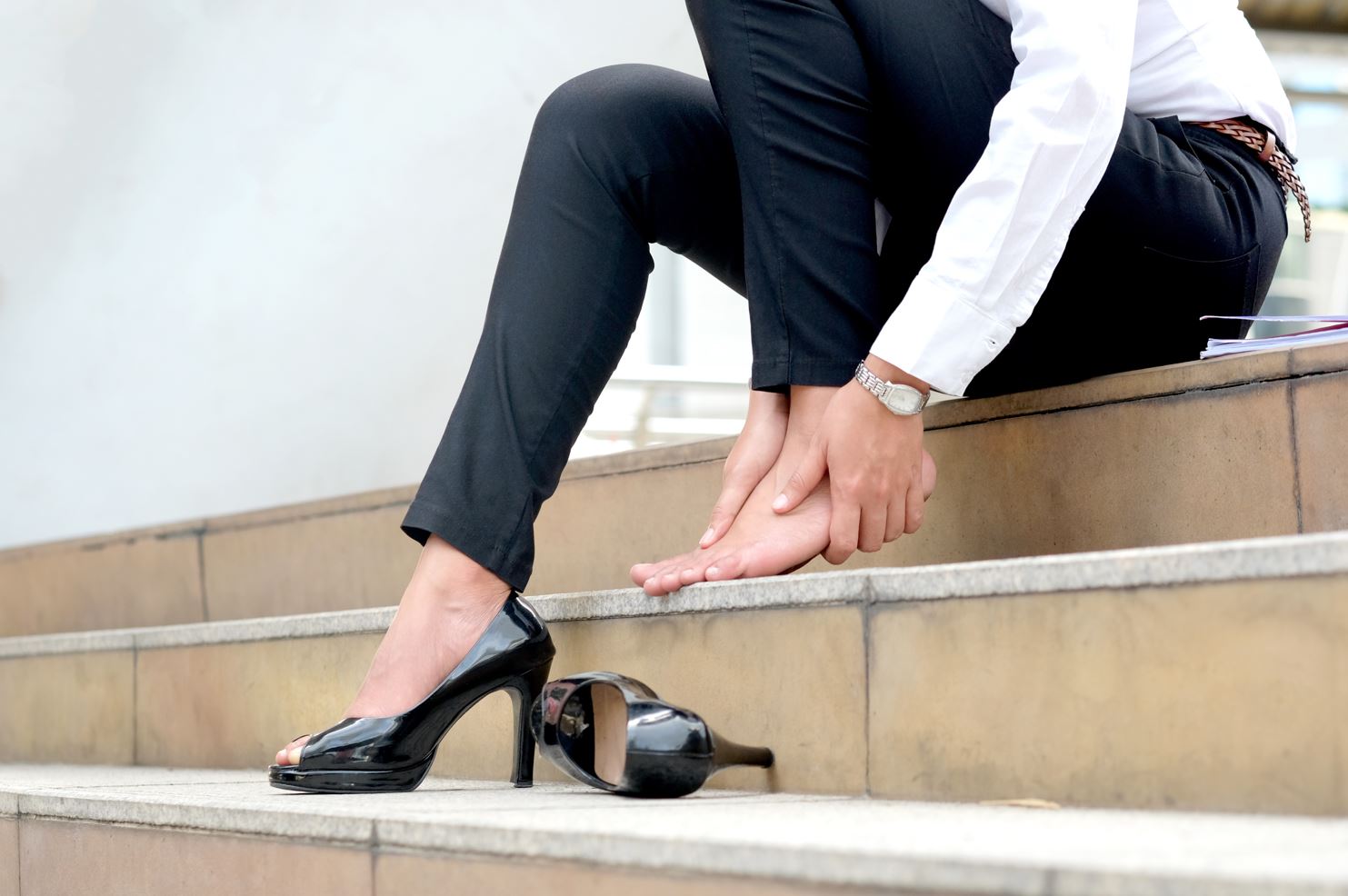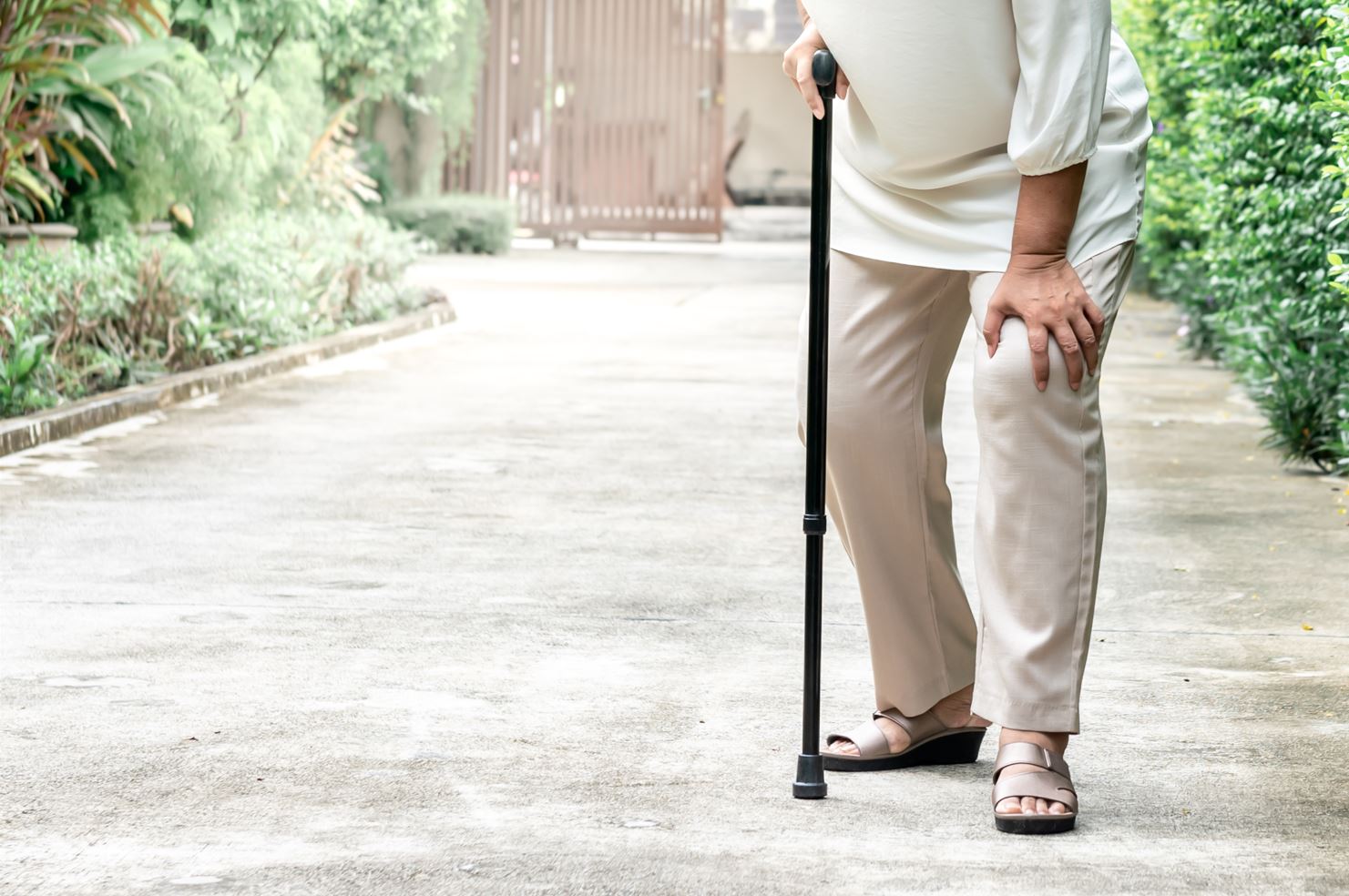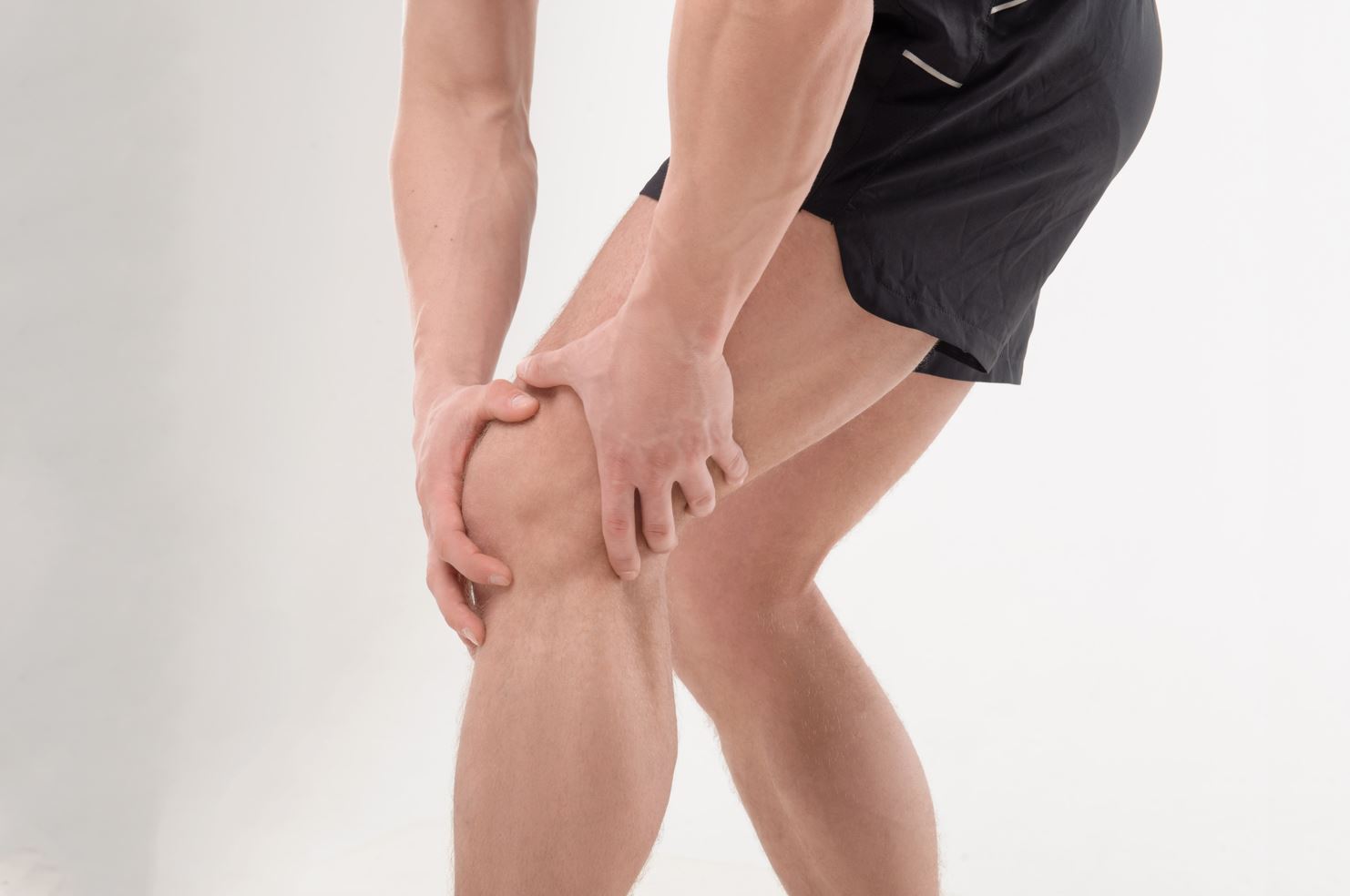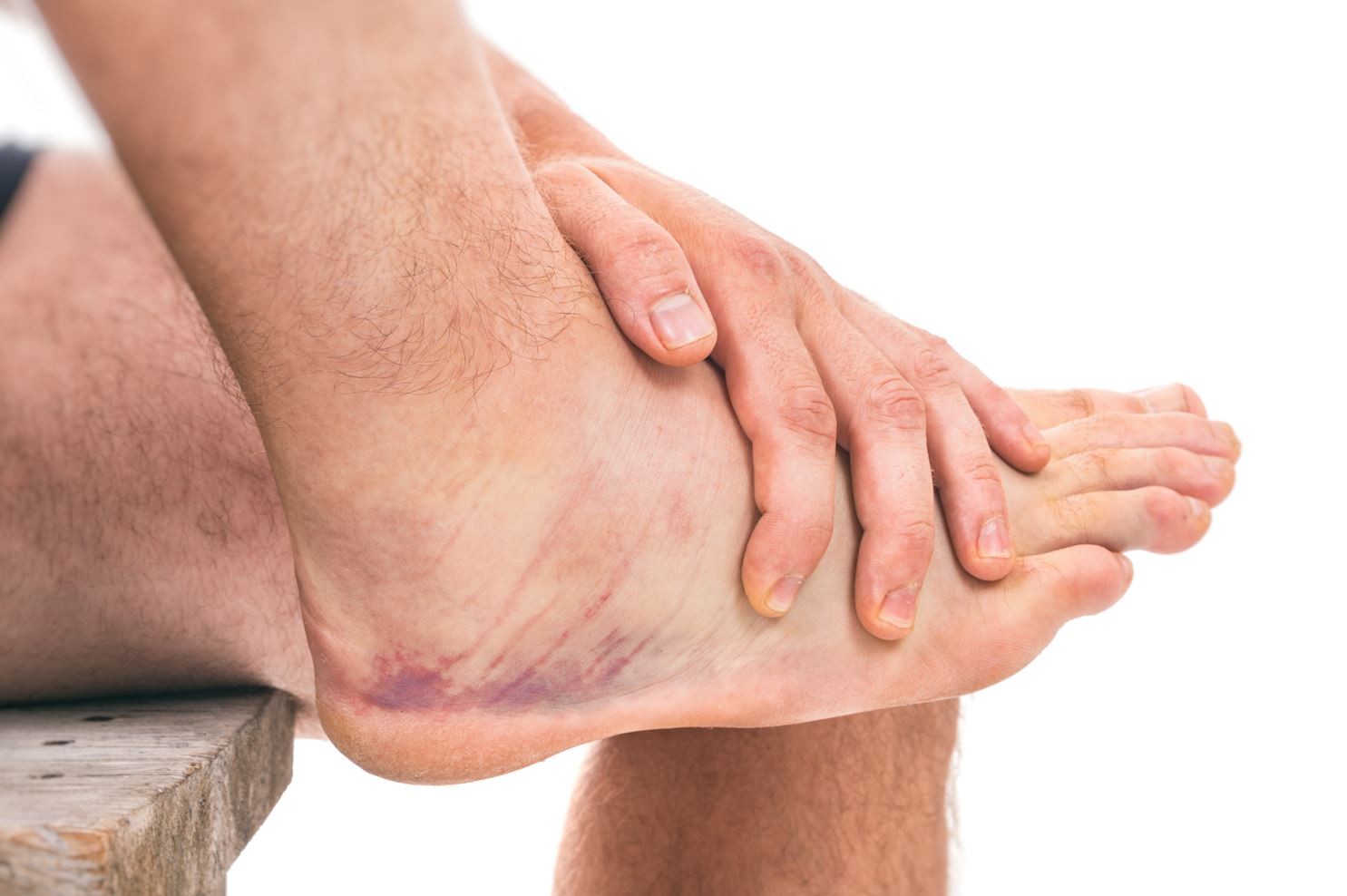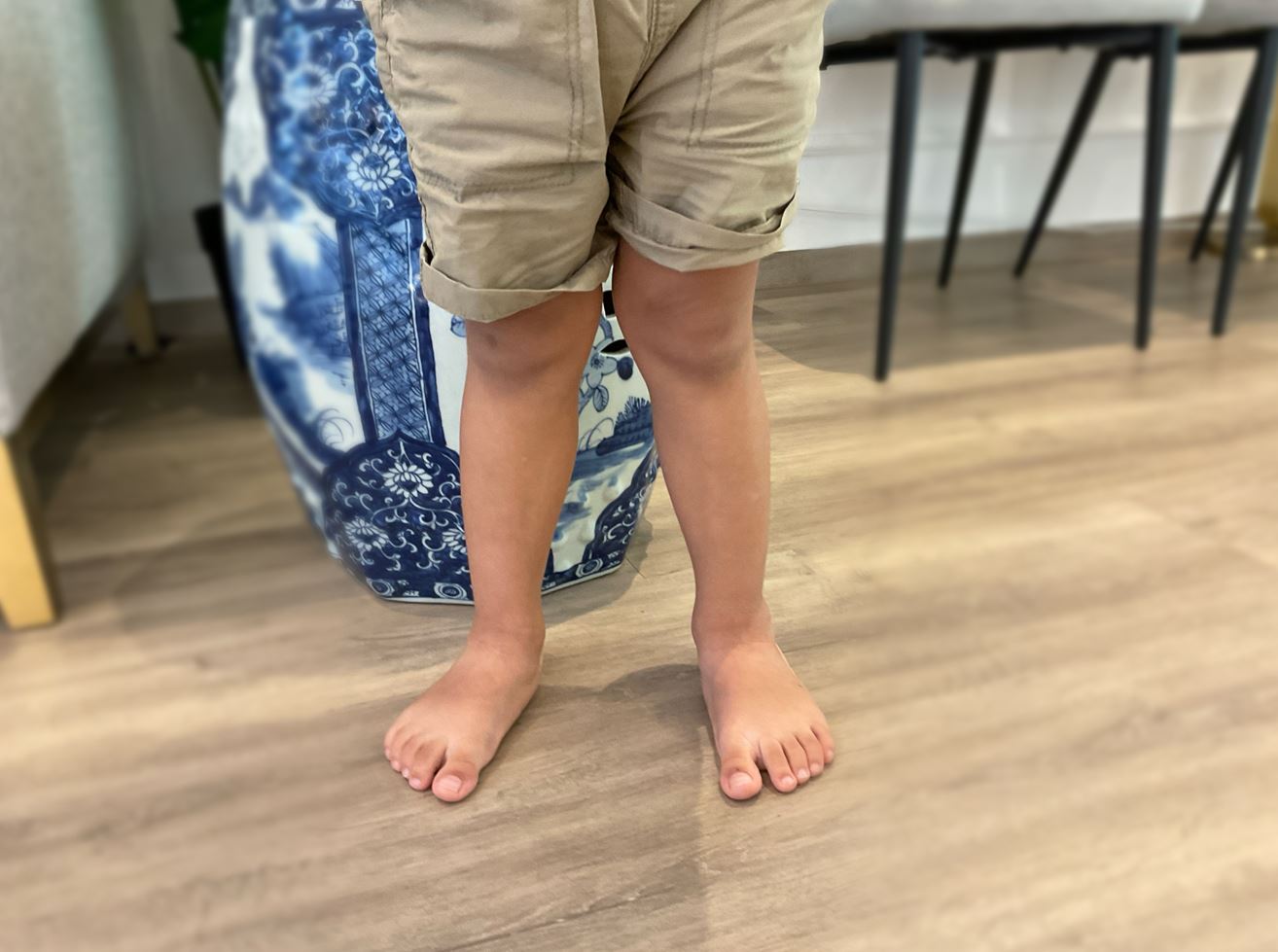
Knock Knees (Genu Valgum)
Knock knees, medically termed genu valgum, is a congenital structural abnormality that affects the angle of the knees. Parents often refer to knock knees as “X-shaped” legs, where the knees are touching one another whilst the feet are wide apart when standing.
Knock knees are determined by either the angular difference between the thigh bone (femur) and the leg bone (tibia) through an x-ray or by measuring the gap between the ankles when someone is standing with their knees together.
If within the normal reference range and age, knock knees are part of the normal development of a child. Children are expected to have mild knock knees after the age of 2 years, and peak at the age of 4 years.


